This article was medically reviewed by Lacy Windham, MD. Lacy Windham, MD, is a Board-Certified Obstetrician & Gynecologist in Cleveland, Tennessee. Dr. Windham attended medical school at the University of Tennessee Health Science Center in Memphis. Her residency was completed at Eastern Virginia Medical School in Norfolk, Virginia. She was the recipient of multiple awards during her residency training, including Most Outstanding Resident in Maternal Fetal Medicine, Most Outstanding Resident in Oncology, Most Outstanding Resident Overall, and Special Award in Minimally Invasive Surgery.
There are 27 references cited in this article, which can be found at the bottom of the page.
wikiHow marks an article as reader-approved once it receives enough positive feedback. In this case, 100% of readers who voted found the article helpful, earning it our reader-approved status.
This article has been viewed 140,013 times.
Experts agree that genital warts are extremely common and may sometimes be too small to see. Genital warts are small bumps on your genital area, caused by certain forms of the human papillomavirus (HPV), that may be flesh-colored or could resemble cauliflower.[1] Studies show that genital warts can be spread even when you don't notice any symptoms.[2] Since genital warts are spread through sexual contact, it's important to have safer sex to help prevent them from spreading.
Steps
Protecting Yourself
-
1Understand how genital warts are spread. The main way genital warts are spread is when infected skin comes in contact with non-infected skin. This skin-on-skin contact spreads the virus from one person to the next. It most often happens during sex or foreplay.[3]
-
2Wear condoms. One of the best ways to protect against the spread of genital warts is to use condoms, both the latex and female types. You can find condoms at drug stores or big box stores, and agencies such as Planned Parenthood or county health departments often give out condoms for free. However, condoms won't protect you completely, as genital warts can be on nearby skin, not just the genitals.[6]
- Latex and polyurethane condoms have been tested for effectiveness. If you or your partner has a latex allergy, choose a polyurethane condom.
- Don't choose novelty condoms. Pick a package that says it is meant to prevent infection or disease, as they are intended to offer protection.
Advertisement -
3Use dental dams.[7] Dental dams also provide protection during sex, especially oral sex. Dental dams are basically like a flattened condom; they are a thin sheet of latex originally used in dental work. You use it as a barrier between you and another person's body part.[8]
- You may have more trouble finding dental dams. Some Planned Parenthood locations have them, and you can sometimes find them at specialty sex stores. You can also find them online.[9]
- If you're desperate, you can cut off the ring at the end of a condom, then slice down one side to produce a flat piece of latex like a dental dam.[10]
-
4Get vaccinated. Girls and boys who are 9 to 26 are eligible to get vaccinated for HPV. Two vaccinations exist, though only one of them is appropriate for men. The vaccines not only protect against genital warts, they also protect against cancers that can develop from the virus.[11]
-
5Seek treatment for the symptoms. Being treated for the symptoms can reduce the number of warts you have. Though the virus can be spread even when warts aren't present, reducing the number of warts does reduce your chances of spreading it. Always seek treatment if you suspect an outbreak—even if symptoms are not especially present.[14]
Changing Your Sexual Habits
-
1Talk about sexual histories with your partner. Though it may seem like a mood-killer, it's important to talk about your and your partner's sexual history before you have sex. If your partner has had unprotected sex, that puts you at a higher risk of contracting the HPV virus from him or her.[15]
- It is important if you have had an infection in the past that you tell your sexual partner(s).
-
2Limit your number of sexual partners. If you only have one sexual partner whom you know is virus-free and only having sex with you, you cannot get the virus. If that's not an option for you, try reducing the number of sexual partners you have, as the more sexual partners you have, the more your risk of infection increases.[16]
-
3Try using sex toys. If you're unsure of your sexual partner's history, try using sex toys instead, which can limit skin to skin contact. However, make sure to clean sex toys in soap and water, though make sure your toy is built for it first. However, the safest way to use sex toys is to put a condom on the toy.[17]
-
4Don't have sex with high-risk partners. If one of your sexual partners has unprotected sex with other people, you should stop having sex with that person. Doing so will lower your risk of contracting the disease.[18]
- If you suspect a partner may be having unprotected sex with others, do not hesitate to cease having sex with him or her. It is better to lose a sexual partner than to risk your health.
Treating the Virus
-
1Know your immune system is the first defense. Most of the time, your immune system will kill the virus if it enters your body. You won't develop symptoms. However, other times, it will develop into genital warts, which must be treated by a doctor.[19]
- Nicotine weakens your immune system. Because of this, smokers are at higher risk of developing genital warts. Stop smoking to help your immune system recover.
-
2Watch for the development of genital warts. It actually takes quite a while for warts to develop from the virus, which means you or someone you have sex with could have the disease without knowing it. In fact, you can still pass the disease even if you don't have warts. It can take anywhere from 3-6 months for warts to develop; occasionally, it takes even longer.[20]
-
3Ask your doctor for a diagnosis. If you're a woman and you suspect you have genital warts, your gynecologist will perform a pelvic exam, including a pap smear. She should be able to diagnose warts on sight, though a pap smear helps confirm the diagnosis. For men, your doctor will make the diagnosis primarily made by sight, though genital warts can be biopsied to confirm the disease.[23]
- Your doctor may also perform a DNA test on the virus, though the CDC does not deem it necessary because it won't affect treatment. This test can determine whether the kind of HPV you have is one that puts you at risk for cancer.[24]
- It is important to get genital warts examined. Certain kinds of precancerous lesions on the vulva may look like genital warts, but could progress to cancer if not treated.[25]
-
4Use at-home treatments. Your doctor will likely prescribe a cream for you to use at home. Ask your doctor how often you should apply the treatment. Be sure to follow all instructions for use of medication, including finishing all medication, or you may be at risk of becoming re-infected.[26]
- These medications may be expensive, so your doctor may recommend burning off the warts instead.
- Podophyllotoxin is most often used for smaller warts closer together. You use a stick to drop the liquid on the warts, though you can also apply it as a cream. You use it for a couple of days, then take the rest of the week off.[27]
- For bigger warts, you'll likely use imiquimod. You use it 3 times a week for at least a couple of weeks by applying it and then rinsing the area about 8 hours later.[28]
-
5Ask about skin treatments. Like other types of warts, your gynecologist will employ in-office skin treatments to remove major outbreaks. Those treatments may include burning or freezing the warts off.[29]
- Your doctor may burn off genital warts by applying trichloroacetic acid (TCA). For very hard, small warts, your doctor may give you trichloroacetic acid. Because it can damage your skin, your doctor's office will apply it. It actually burns the wart, so you will likely feel the burning.[30]
- Other options are laser therapy and even surgery for particularly bad outbreaks.[31]
-
6Understand the complications. The HPV virus can cause other complications besides genital warts. Knowing the risks will help you understand why you need to protect yourself.[32]
- Certain strains of the HPV virus can put you at risk for cancer later in life. In particular, you may be at a higher risk for cervical cancer, cancer of the vulva, cancer of the mouth and throat, cancer of the penis, and cancer of the anus.[33]
- HPV can also cause problems for you if you become pregnant.[34] For instance, warts can bleed when you deliver or limit how much your vaginal wall can stretch. Although it is rare, you may also transmit the warts to your baby during delivery, resulting in a syndrome called juvenile onset respiratory papillomatosis. This condition must be treated by a doctor.[35]
References
- ↑ https://www.plannedparenthood.org/learn/stds-hiv-safer-sex/genital-warts/what-are-symptoms-genital-warts
- ↑ https://medlineplus.gov/ency/article/000886.htm
- ↑ https://www.plannedparenthood.org/learn/stds-hiv-safer-sex/genital-warts
- ↑ https://www.cancer.org/healthy/cancer-causes/infectious-agents/hpv/hpv-and-cancer-info.html
- ↑ https://www.nhs.uk/conditions/genital-warts/
- ↑ https://medlineplus.gov/ency/article/000886.htm
- ↑ https://www.plannedparenthood.org/learn/stds-hiv-safer-sex/genital-warts/how-can-i-prevent-getting-or-spreading-genital-warts
- ↑ http://teenhealthsource.com/sex/dental-dams/
- ↑ http://teenhealthsource.com/sex/dental-dams/
- ↑ http://teenhealthsource.com/sex/dental-dams/
- ↑ https://www.cdc.gov/hpv/parents/vaccine-for-hpv.html
- ↑ http://www.nlm.nih.gov/medlineplus/ency/article/000886.htm
- ↑ https://kidshealth.org/en/parents/hpv-vaccine.html
- ↑ https://my.clevelandclinic.org/health/diseases/4209-genital-warts#management-and-treatment
- ↑ https://my.clevelandclinic.org/health/diseases/4209-genital-warts#prevention
- ↑ https://my.clevelandclinic.org/health/diseases/4209-genital-warts#prevention
- ↑ https://www.plannedparenthood.org/learn/stds-hiv-safer-sex/safer-sex
- ↑ https://medlineplus.gov/ency/article/000886.htm
- ↑ https://www.cdc.gov/cancer/hpv/basic_info/index.htm
- ↑ https://my.clevelandclinic.org/health/diseases/4209-genital-warts
- ↑ https://healthyhorns.utexas.edu/HT/HT_genitalwarts.html
- ↑ https://ada.com/conditions/genital-warts/
- ↑ https://my.clevelandclinic.org/health/diseases/4209-genital-warts#diagnosis-and-tests
- ↑ https://medlineplus.gov/ency/article/007534.htm
- ↑ https://www.cancer.org/healthy/cancer-causes/infectious-agents/hpv/hpv-and-cancer-info.html
- ↑ https://www.nhs.uk/conditions/genital-warts/
- ↑ https://dermnetnz.org/topics/podophyllotoxin
- ↑ https://medlineplus.gov/druginfo/meds/a698010.html
- ↑ https://www.plannedparenthood.org/learn/stds-hiv-safer-sex/genital-warts/how-do-i-get-treated-genital-warts
- ↑ https://www.aafp.org/pubs/afp/issues/2004/1215/p2335.html
- ↑ https://www.aafp.org/pubs/afp/issues/2004/1215/p2335.html
- ↑ https://www.cdc.gov/std/hpv/stdfact-hpv.htm
- ↑ https://www.cancer.gov/about-cancer/causes-prevention/risk/infectious-agents/hpv-and-cancer
- ↑ https://www.plannedparenthood.org/learn/ask-experts/hi-i-have-hpv-and-i-am-about-8-weeks-pregnant-will-this-affect-my-baby
- ↑ https://www.ncbi.nlm.nih.gov/pmc/articles/PMC7007786/
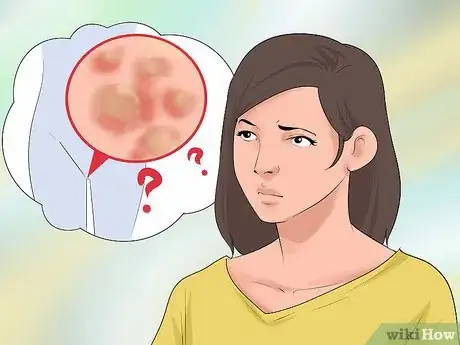
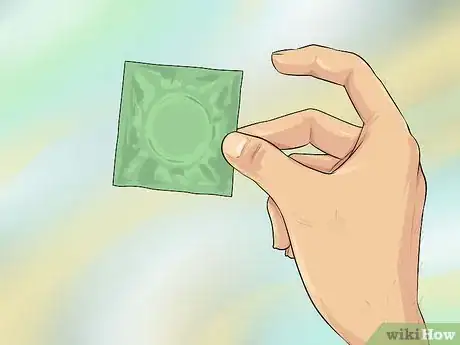

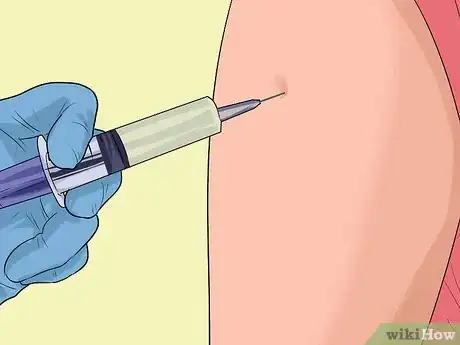

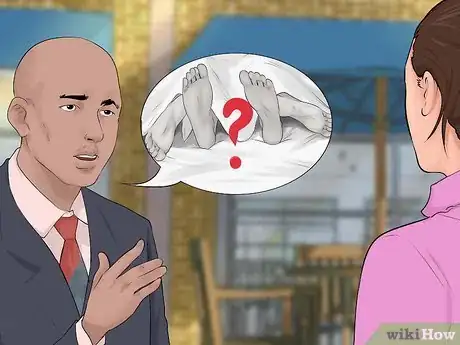
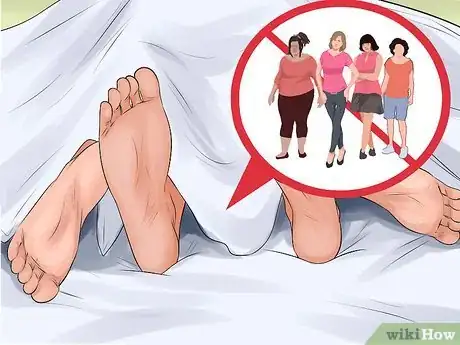

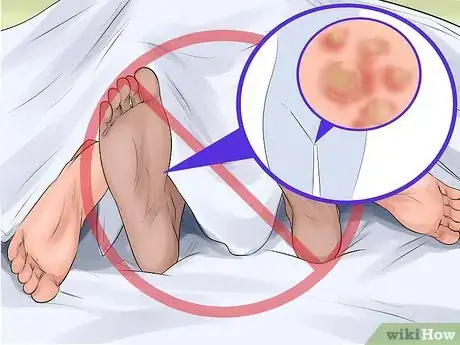

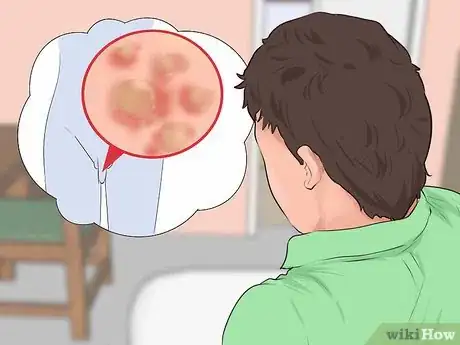
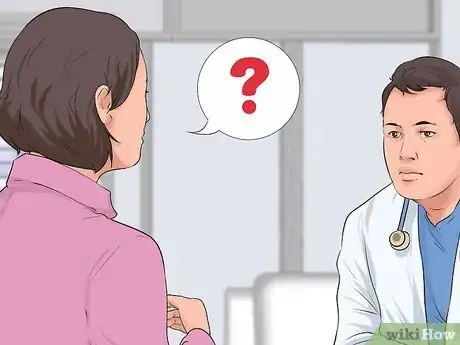
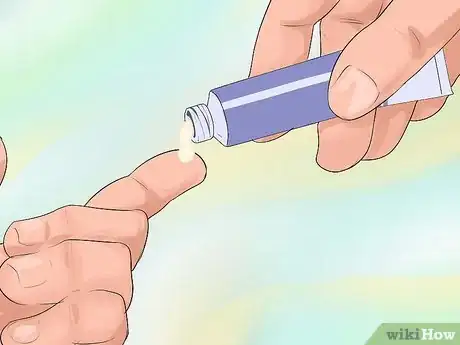
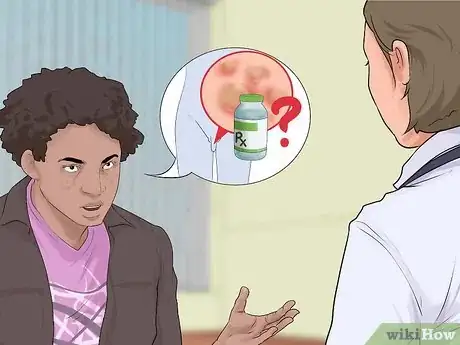
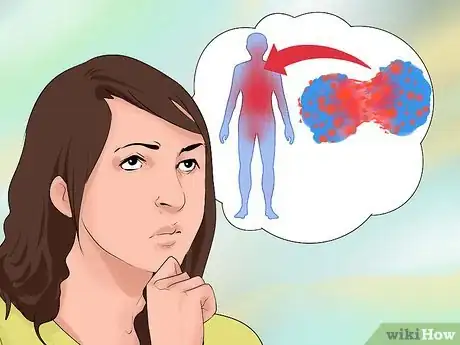
-Step-17.webp)
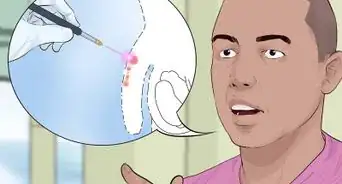

-Step-11-Version-2.webp)


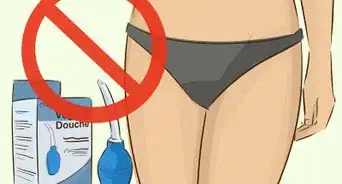
-Step-10.webp)
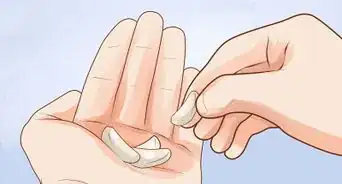
-Step-13.webp)
-Step-9.webp)
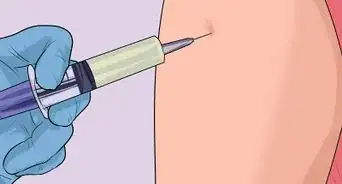
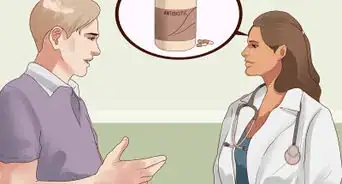
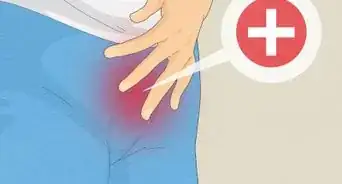









-Step-17.webp)
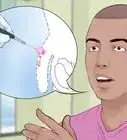

-Step-11-Version-2.webp)




































Medical Disclaimer
The content of this article is not intended to be a substitute for professional medical advice, examination, diagnosis, or treatment. You should always contact your doctor or other qualified healthcare professional before starting, changing, or stopping any kind of health treatment.
Read More...